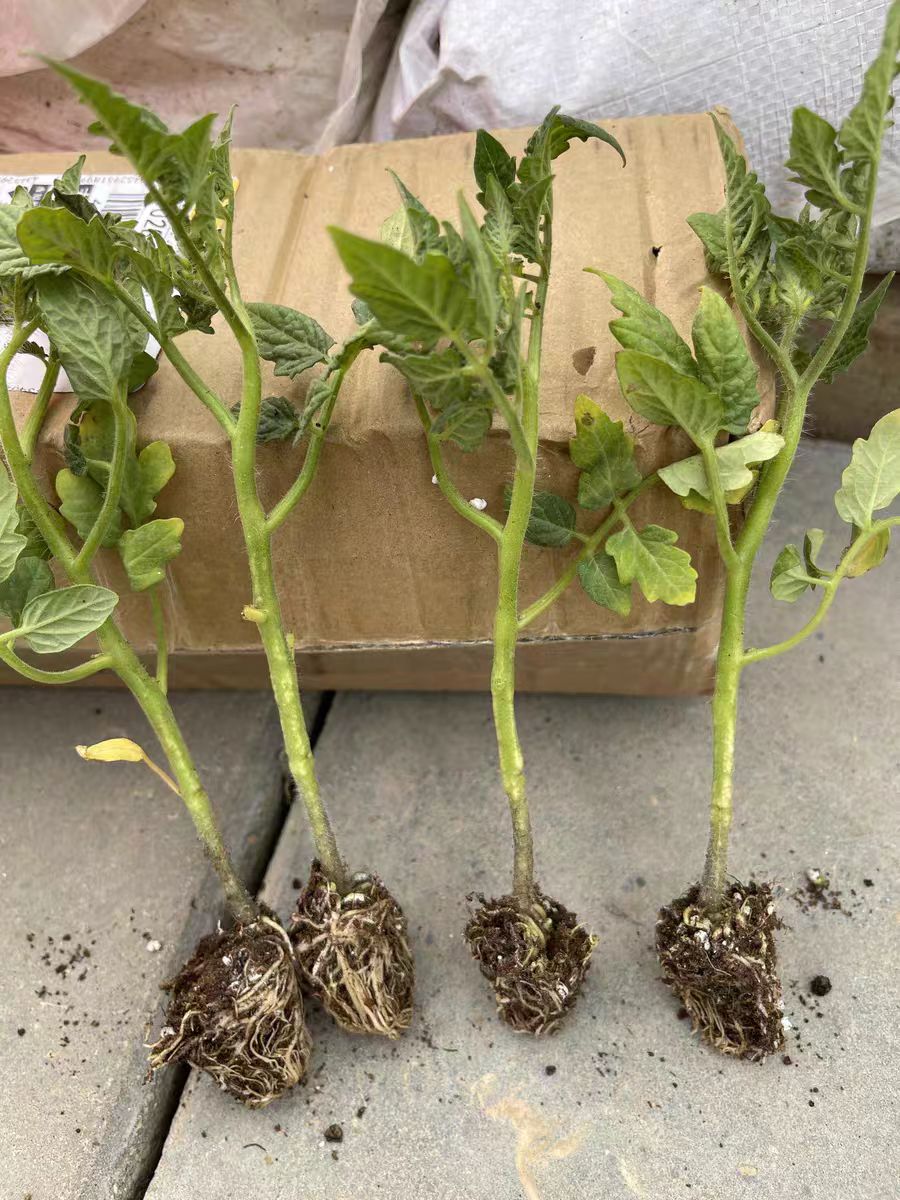When growing Provence tomatoes at home, many people wonder whether they need to germinate the seeds. In fact, the seeds of this tomato variety have a natural "dormant property," with a thick and hard seed coat. If planted directly, they not only germinate slowly but also emerge sparsely, making later management troublesome. Taking the trouble to germinate the seeds can make them sprout faster and more uniformly, with seedlings emerging neatly and saving a lot of effort!
How exactly should you germinate them? It’s a three-step process, and it’s not difficult at all. First, give the seeds a "warm water bath for disinfection." Place the seeds in warm water (about the temperature of two parts boiling water mixed with one part cool water), stir them for a while as you pour, and let the seeds soak in the water for a few hours after the temperature drops. Remember to flip the seeds occasionally during soaking to ensure each one absorbs enough water. This step not only kills germs on the seed surface but also softens the seed coat to facilitate water absorption.
Next, rinse the soaked seeds, wrap them in a damp cloth, and place them in a warm spot. If you don’t have professional equipment at home, a yogurt maker or electric blanket can work. However, use a thermometer to monitor the temperature and avoid extremes. Rinse the seeds daily with warm water to keep the cloth moist but not waterlogged. When most seeds show small white sprouts, they’re ready for sowing—planting at this stage is less likely to damage the sprout tips.
After germinating, let’s talk about the growing period. From sowing to harvest, you can enjoy homegrown tomatoes in about three months, which is earlier than ordinary large tomatoes. The entire growth process has several stages: when the seeds first germinate and grow their first small leaves, keep the soil slightly moist, maintain warm days and mild nights, and create a comfortable environment for the seedlings.
When the seedlings develop several true leaves, they enter the seedling stage. At this point, they need to be repotted and transplanted into separate pots, and a "growth promoter" can be sprayed to prevent them from becoming tall and spindly ("leggy seedlings").
Then comes the flowering and fruit-setting stage. Keep the plants warm during this period, as low temperatures can easily cause flower and fruit drop. Gently shaking the flower clusters can help with pollination and increase fruit-setting rates.
Once small fruits appear, the tomatoes enter the fruit expansion stage. They need more water and fertilizer during this time. Keep the soil moist and apply potassium-rich compound fertilizer to help the fruits grow large and plump.
Finally, as the fruits gradually redden and ripen, harvest them in the morning on a sunny day, leaving a small stalk to make the fruits last longer.
If you set up a small greenhouse on the balcony or use a greenhouse for planting, the growing period can be shortened slightly. Raise the temperature slightly, use grow lights if light is insufficient, and apply water-soluble fertilizers diluted according to the instructions to promote root growth.
Temperature has a significant impact on tomatoes—avoid both extreme cold and heat, and maintain a moderate, warm environment. If you want a longer harvest period and more fruits, try grafting by using disease-resistant varieties as rootstocks, which works well.
Planting times vary by region. Take North China as an example: for spring open-field planting, start seedling in early spring after the Lunar New Year, and transplant the seedlings into the ground when the weather warms up and they have several leaves. For autumn greenhouse planting, start seedling in summer, transplant when the weather cools, and harvest soon after.
Problems may arise during planting. For example, if germination fails, first check if you bought old seeds—try to use fresh seeds from the current year for higher germination rates. Then check the temperature and humidity to prevent the seeds from overheating or molding. If seedlings grow too tall and thin, pile soil around the roots and lower the nighttime temperature. If fruit-setting is difficult, assist with manual pollination. If fruits grow slowly, the pot may be too deep and suffocating the roots—switch to a shallower pot.
With careful care, scientific germination, and proper management, you can harvest homegrown Provence tomatoes in just over three months. They yield well, so it’s recommended to set up supports for the plants to grow vertically, making full use of space. Rotate the pots regularly to ensure all sides receive sunlight, and you’ll enjoy a long fruiting period and the joy of a bountiful harvest!
Do Provence tomatoes need to be germinated when planted at home?

Share with
Tagged in :




Leave a Reply